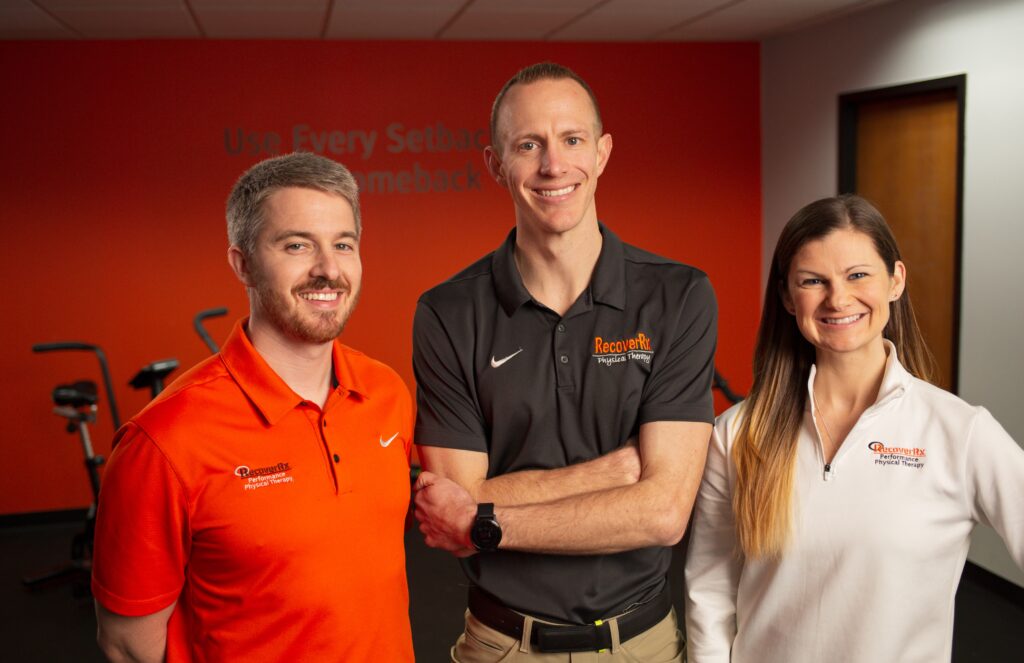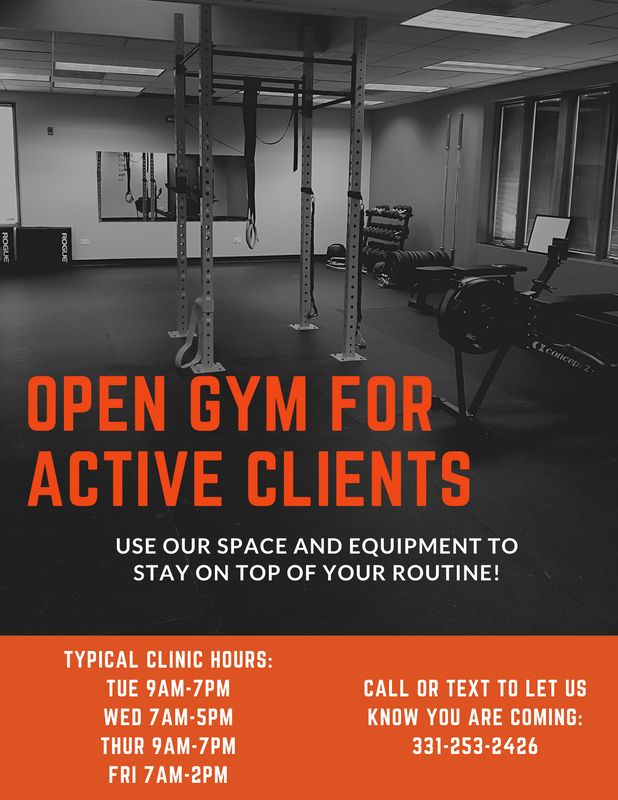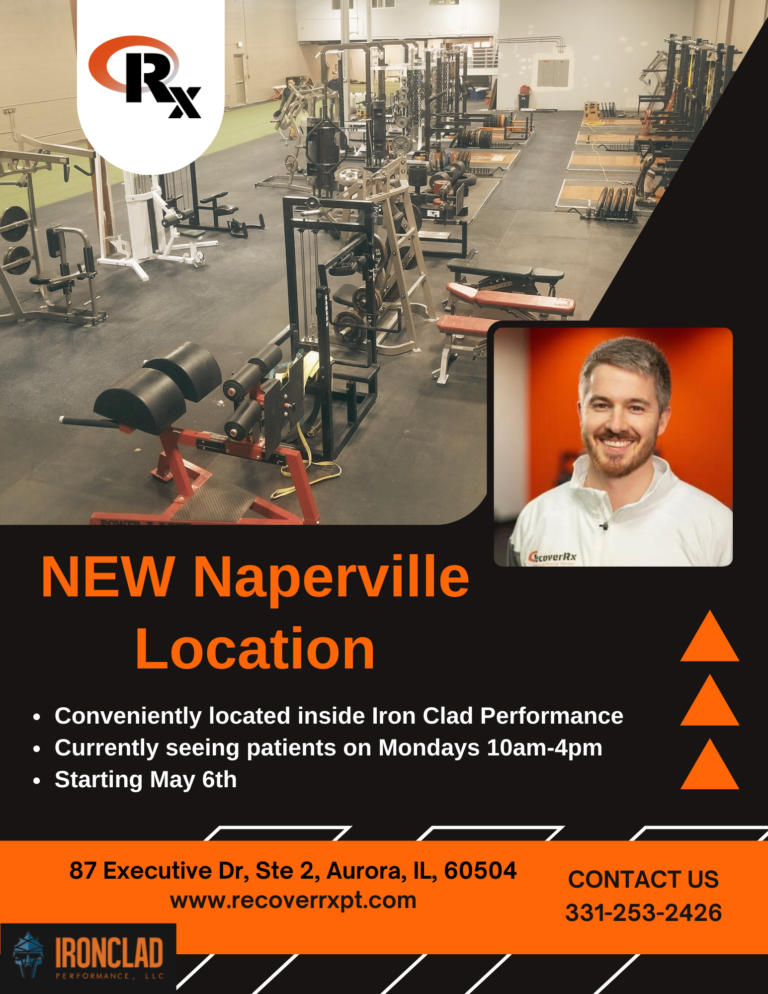Sleep is an essential part of our healing process and very important for our energy levels. During pregnancy, like always, it is recommended to get 8-10 hours of sleep for optimal functioning of the mother and baby. Sleep helps with digestion, energy levels, growth and progress of the baby, and to healthily adjust to biological and psychological changes.
‘I haven’t been sleeping well, and I figured my body is just preparing for sleepless nights ahead with a newborn.’ Not true! Lack of sleep can actually increase risks of high blood pressure which can lead to pre-eclampsia and preterm labor and delivery. It can also prolong your laboring process, worsen labor pains, lead to higher Cesarean delivery rates, and increase chances for postpartum depression and anxiety.
Research does indicate that women are experiencing worse quality and quantity of sleep further into their pregnancy. But, at the same time, the body adapts better to the lack of sleep. However, there are strategies to optimize your sleep despite these pregnancy related changes.
First, you want to find a position that is comfortable for you. During the first trimester, you can still sleep on your back and stomach if you feel comfortable doing so. Your baby is safely guarded within your pelvis for the first 12 weeks. After this milestone, make sure you are not laying on your stomach to protect your baby from too much pressure. Most health care providers will recommend you lay on your left side the further you progress in pregnancy because the weight and size of the baby can press on your internal vessels, the abdominal aorta and inferior vena cava. These are very large and very important circulatory structures as they transfer blood to/from your heart to your legs, pelvis and the placenta. These vessels lay more on the right side of your spine traveling vertically through your trunk, so laying on your back and right side the baby can narrow those vessels giving your legs and baby less blood. Your body will ultimately let you know that you need to move, by making you feel very uncomfortable.
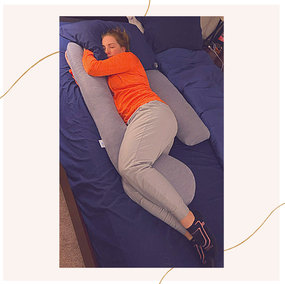
Secondly, let’s talk about body pillows and wedges! This blog’s goal is to not state which one is best, that depends on you and your sleeping habits and how you ultimately feel. What I will say is that you want something between your knees, something under your bump, and something at your back to give you support and peace of mind that you won’t roll onto your back. If you don’t like the bulkiness of a body pillow there are alternatives that only support your back and growing belly. If you are experiencing a high level of GERD (Gastroesophageal reflux disease), you could benefit from an extra pillow under your head to elevate you or a wedge under your favorite pillow.
Finally, a few tips to promote a comfortable sleep environment:
- Stop the screens (TV and phone) at least 30 minutes before you want to go to bed
- Avoid drinking large amounts of water 1-2 hours before bed (sipping water is fine)
- Spray essential oils on your pillow (lavender and eucalyptus are good for relaxations)
- Set up your pillows
- Make a clear path to the bathroom for night time pees
- Use your bed for sleeping and intimate time only
- Box breathing: breathe in for 4, hold for 4, exhale for 4, hold for 4. Repeat until you fall asleep
- Play soothing music or sounds at a low volume in the background
- Use a humidifier for the increased nasal congestion in pregnancy
- Stretch before bed. Try the following stretches. Hold each stretch for 30 seconds. 1-2 times on each side. Except for the Cat and Camel stretch. These work best to alternate 8-10 times with just a 2-3 second hold.

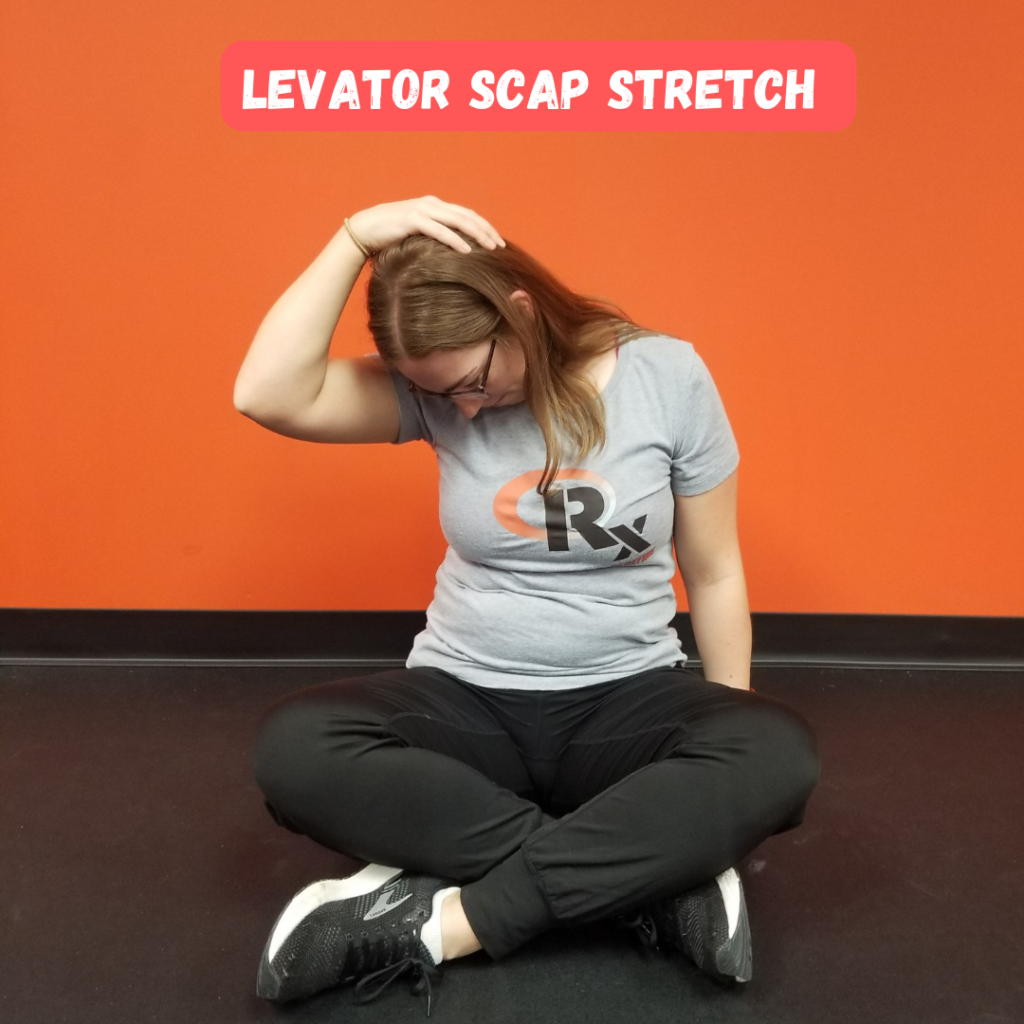

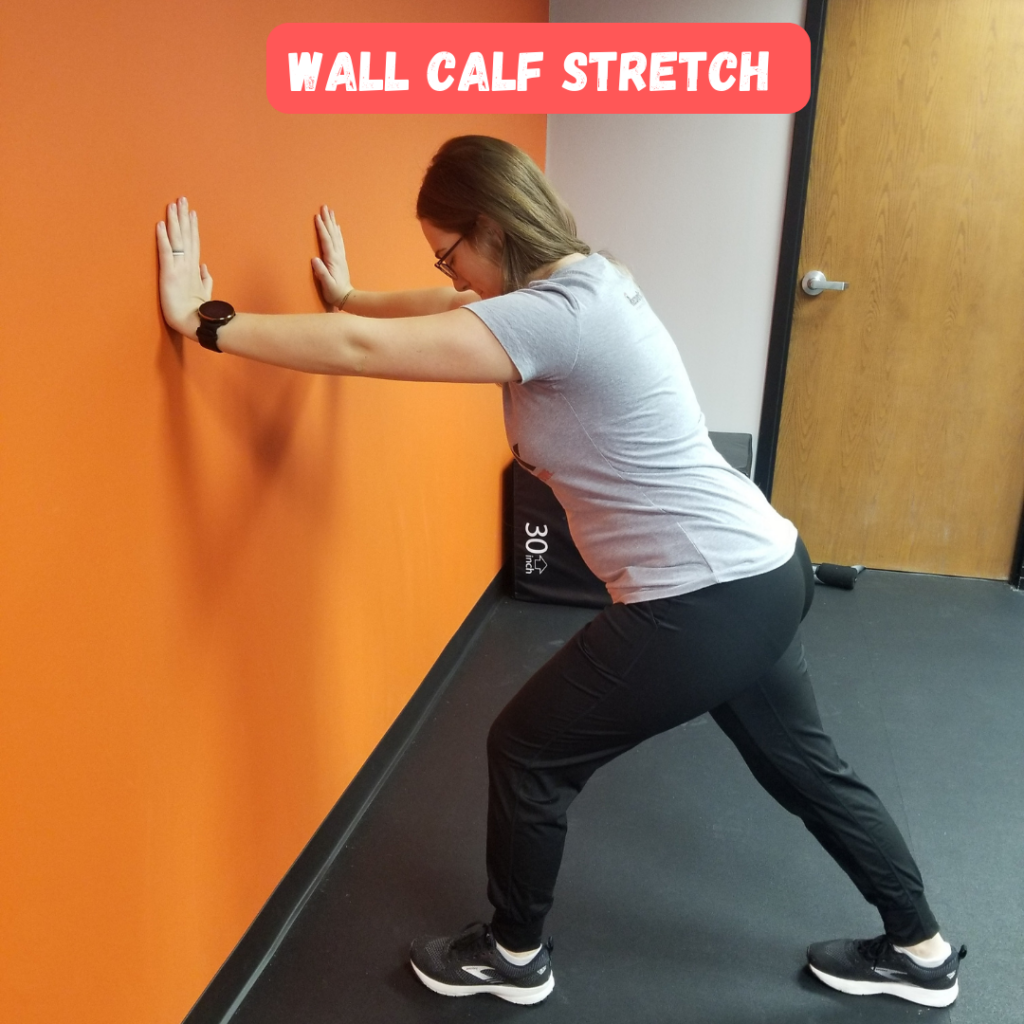
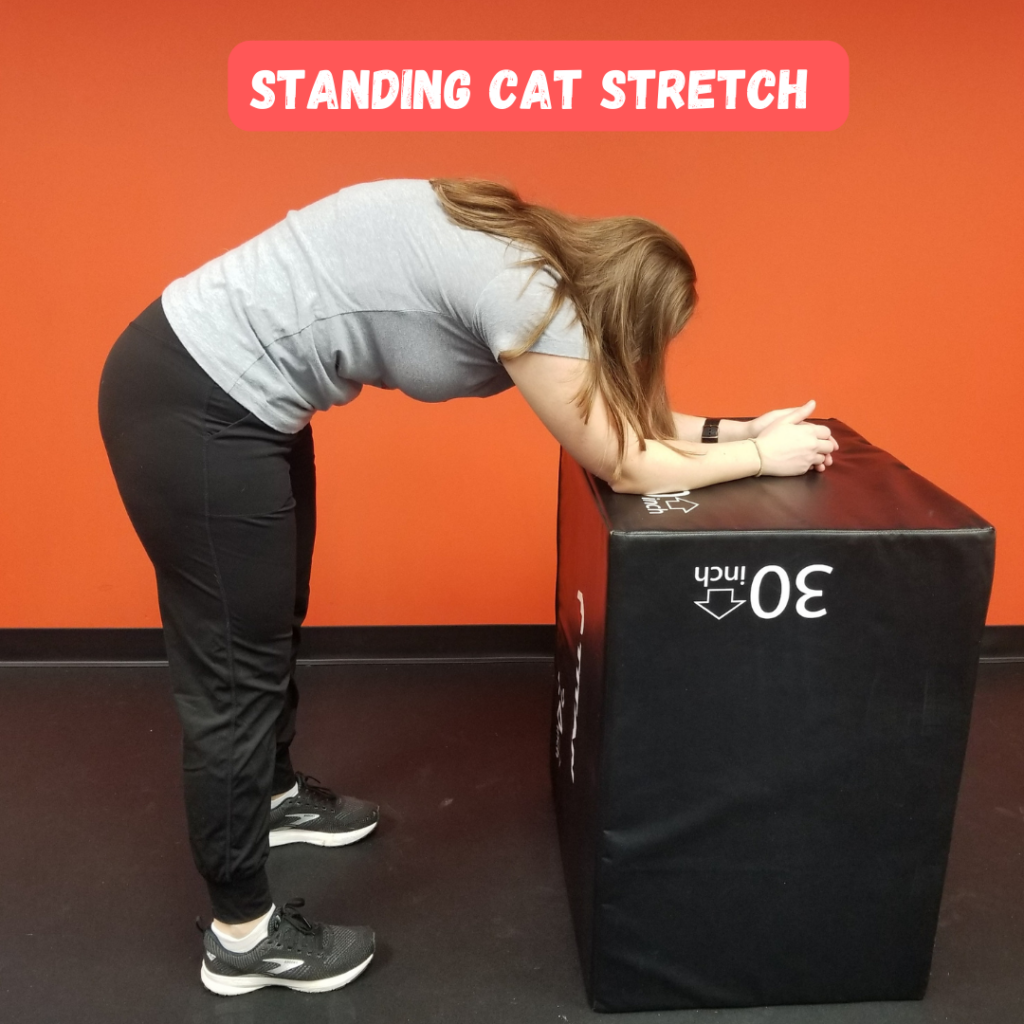
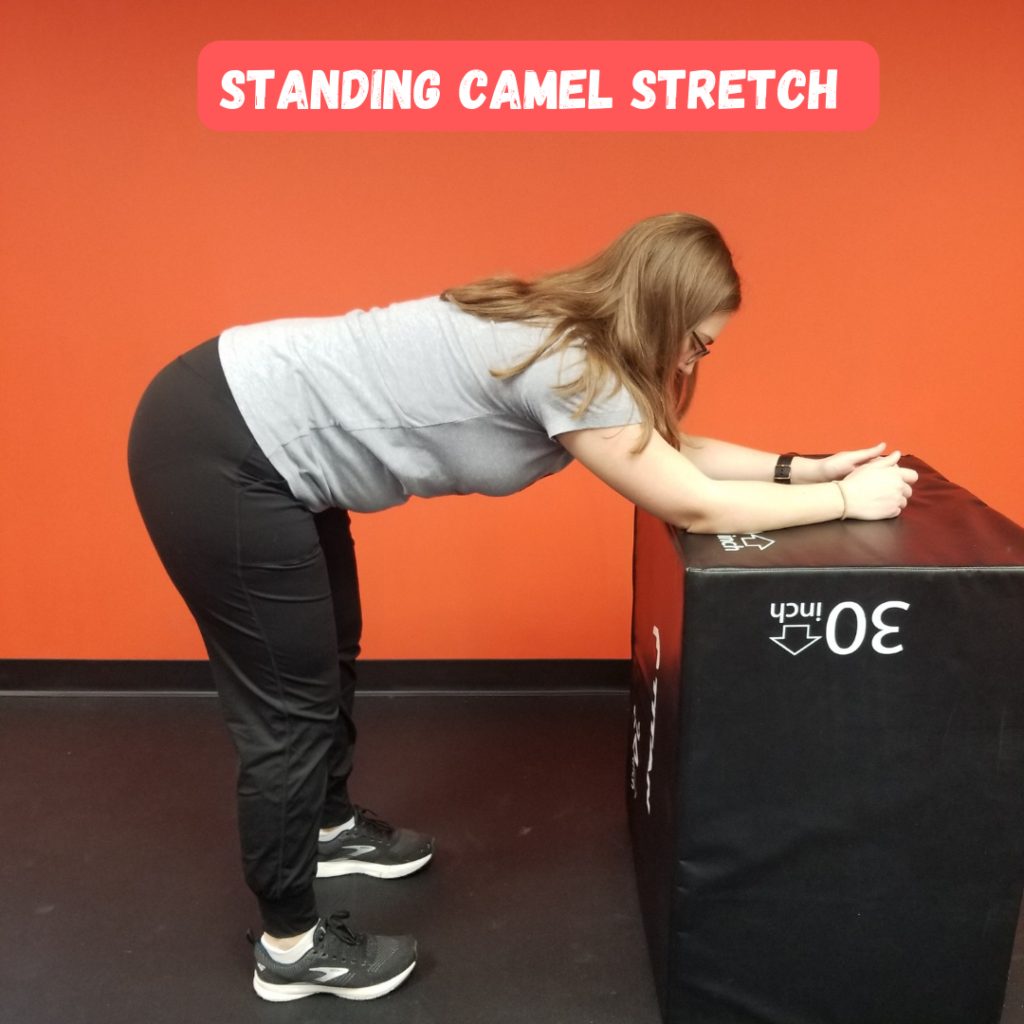
Please reach out to us if you need help with this condition. We offer 1-on-1 sessions to look at your specific situation and invest in helping you live a healthy, happy life where you are confident to care for yourself and your family. If you know of others who could benefit from this information, please share this article with them.
You can also reach out to me directly at ariel@recoverrxpt.com or check out our Pelvic Health page https://recoverrxpt.com/pelvichealth

